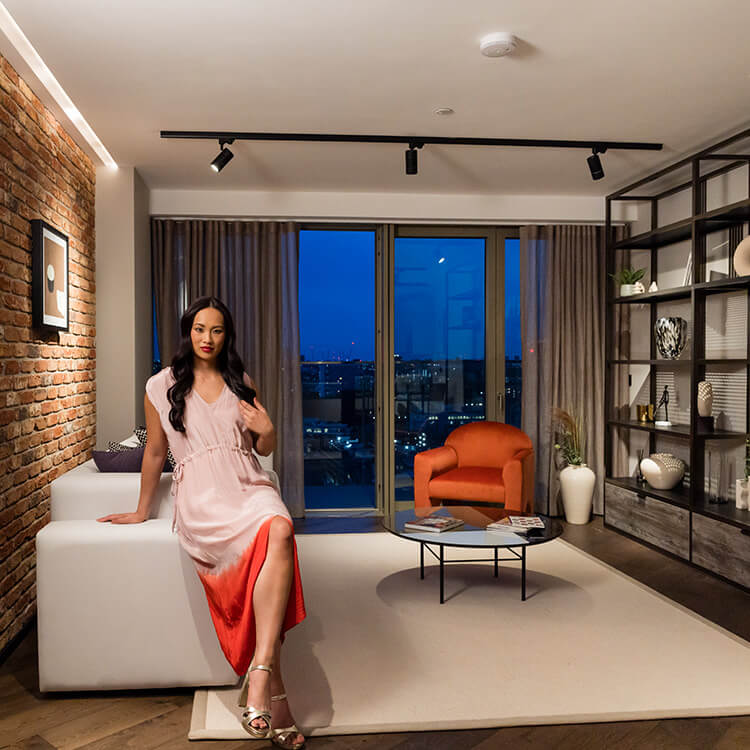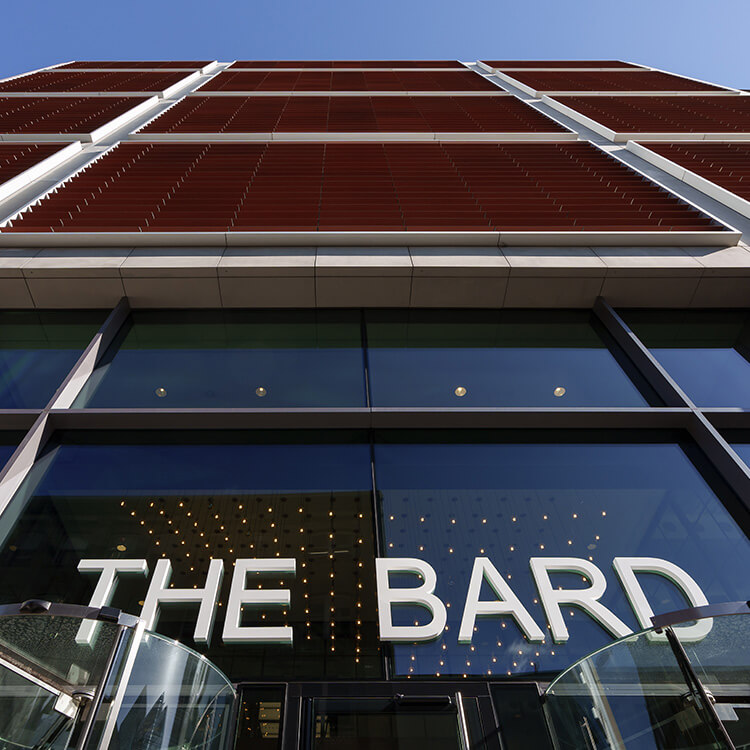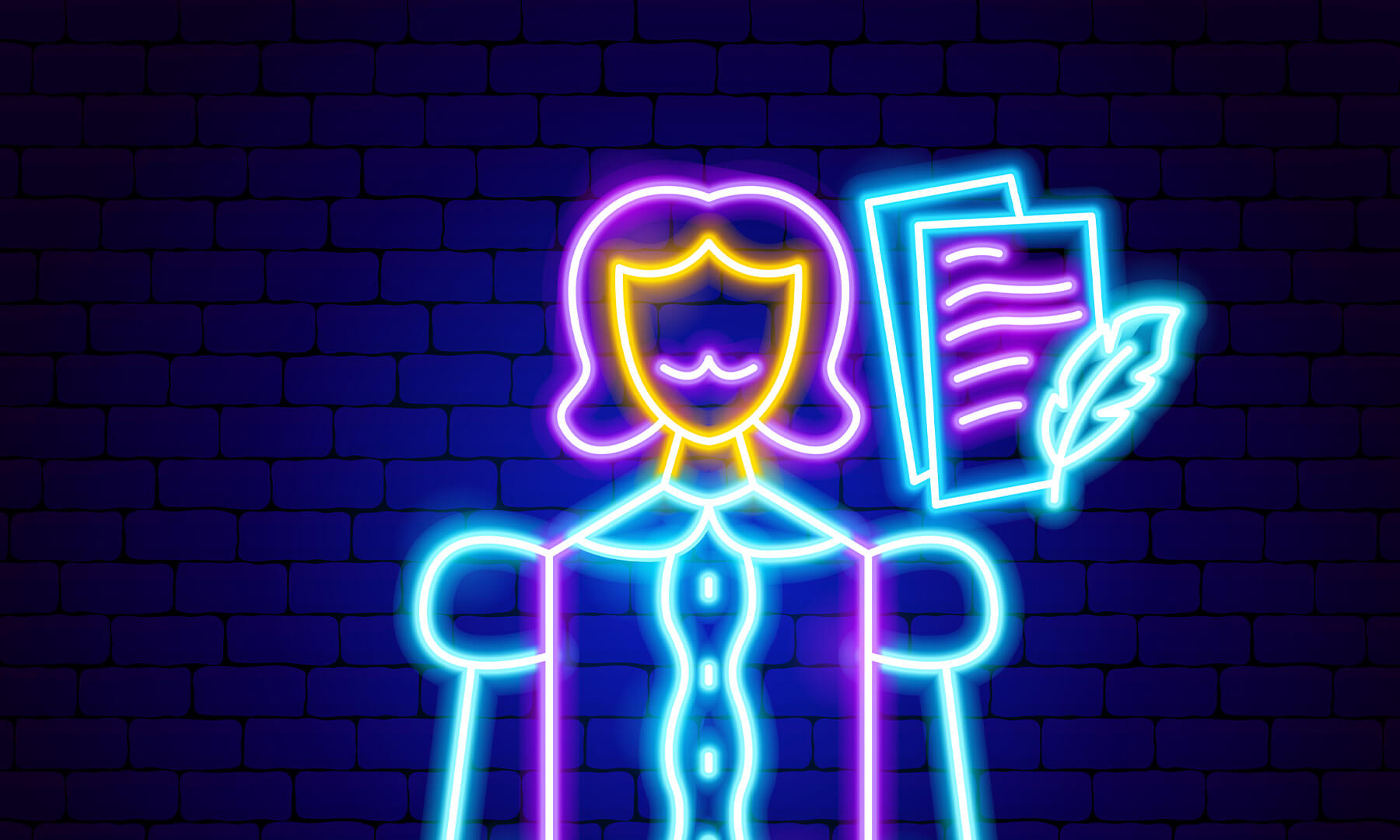
Museum of Shakespeare
The Curtain Playhouse reborn
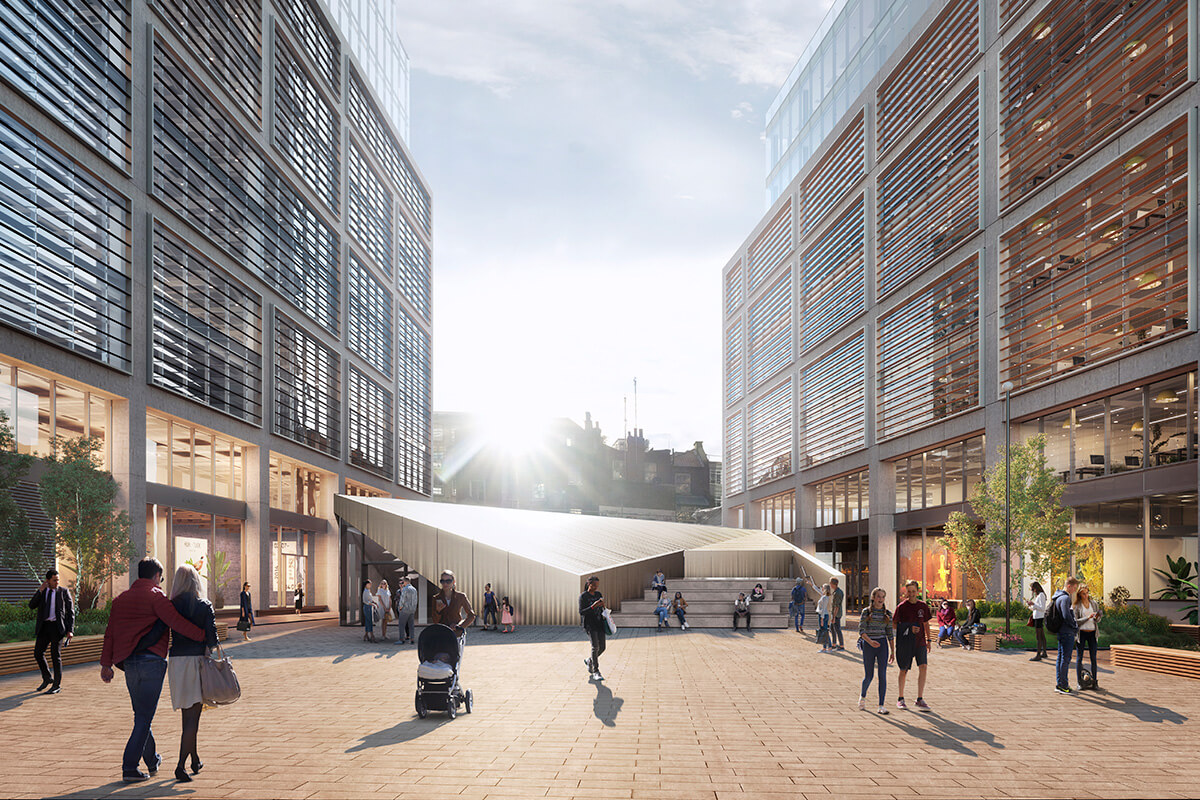
Coming soon to The Stage, a new visitor experience built on the site of The Curtain Playhouse will transport guests back to the 16th Century.
Follow in the footsteps of the world's most famous playwright through a series of immersive and interactive experiences.
The Museum of Shakespeare is being conceptualised and developed by Bompas & Parr in collaboration with Cain International, Museum of London Archaeology and Historic England.
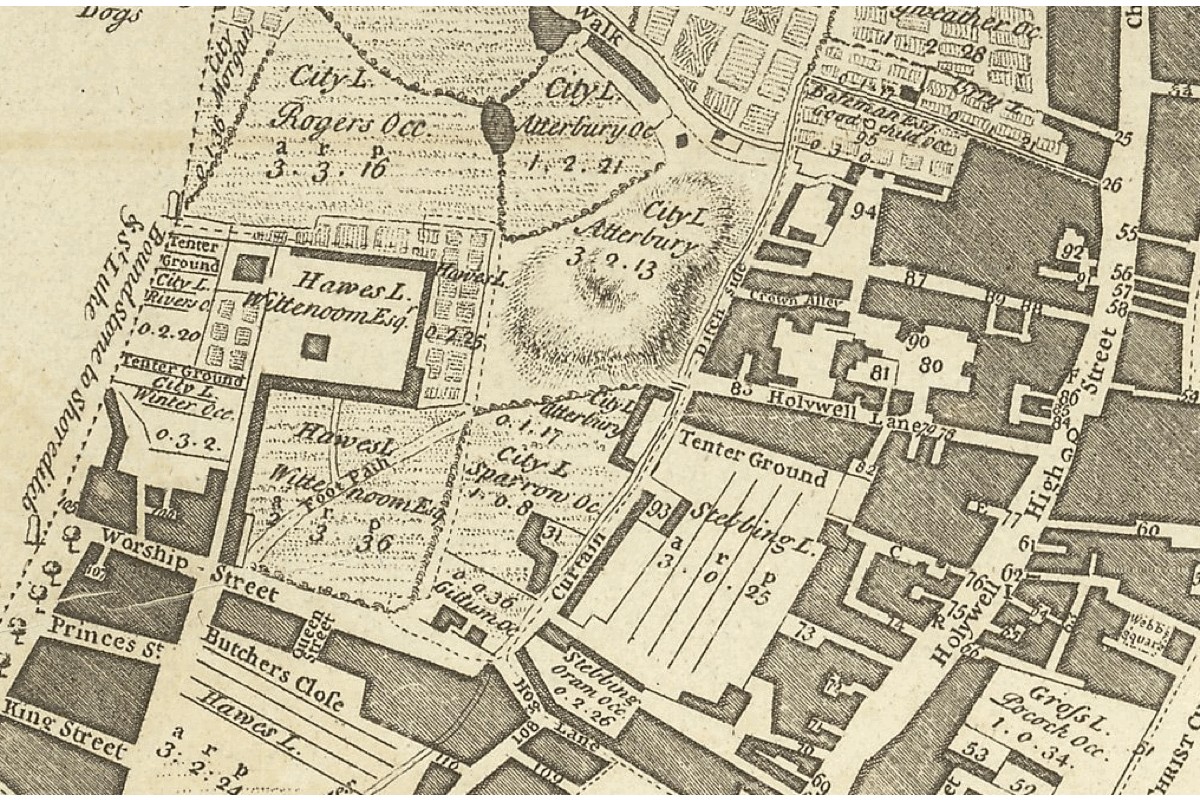
History of The Curtain Playhouse
London's Curtain Playhouse was a cultural and social centre for the city during the life of Shakespeare.
The theatre is first recorded as having opened its doors in 1577. It was located in Shoreditch, east London, an area that can lay claim to being the birthplace of modern theatre. Audiences flocked to the Curtain Theatre to enjoy theatrical performances and other entertainments until the 1620s, with a small break in the late 16th century as the plague gripped the capital.
William Shakespeare’s acting troupe, The Lord Chamberlain’s Men, used the Curtain Theatre as their base from 1597-1599. In that time, it is believed that Henry V debuted at the Curtain and that other famous plays were performed there, including Romeo and Juliet and Every Man in His Humour that starred Shakespeare himself.
Find out more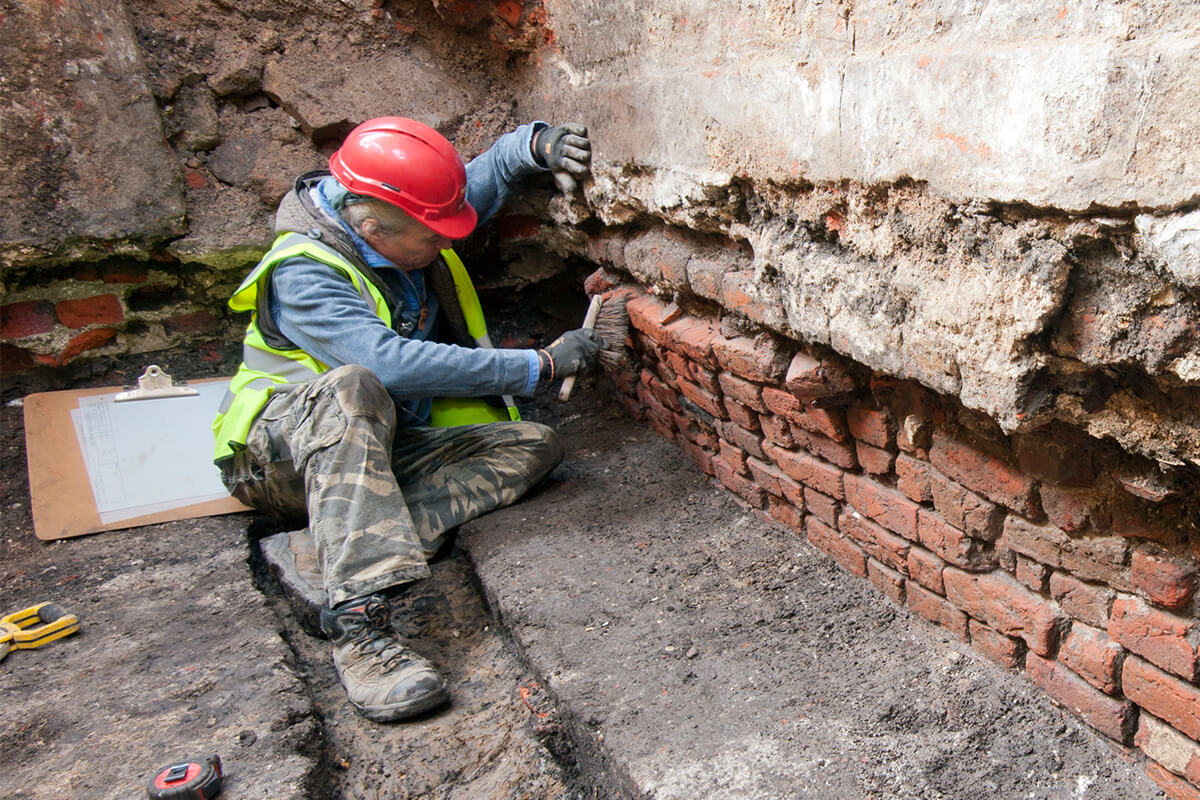
The archaeological excavation
Historical records have always pointed to the Curtain Theatre being close to modern-day Curtain Road in Shoreditch, east London. In 2011, archaeologists from MOLA were undertaking exploratory excavation for The Stage Shoreditch when they came across the remains of the Curtain Theatre.
This trial excavation only revealed a very small section of the Tudor building but an open-area excavation, which took place in spring 2016, allowed archaeologists to expose all of the surviving remains and study the Shakespearean playhouse in detail.
All of the artefacts uncovered were taken back to MOLA and examined by experts and the archaeological and historical material brought together.
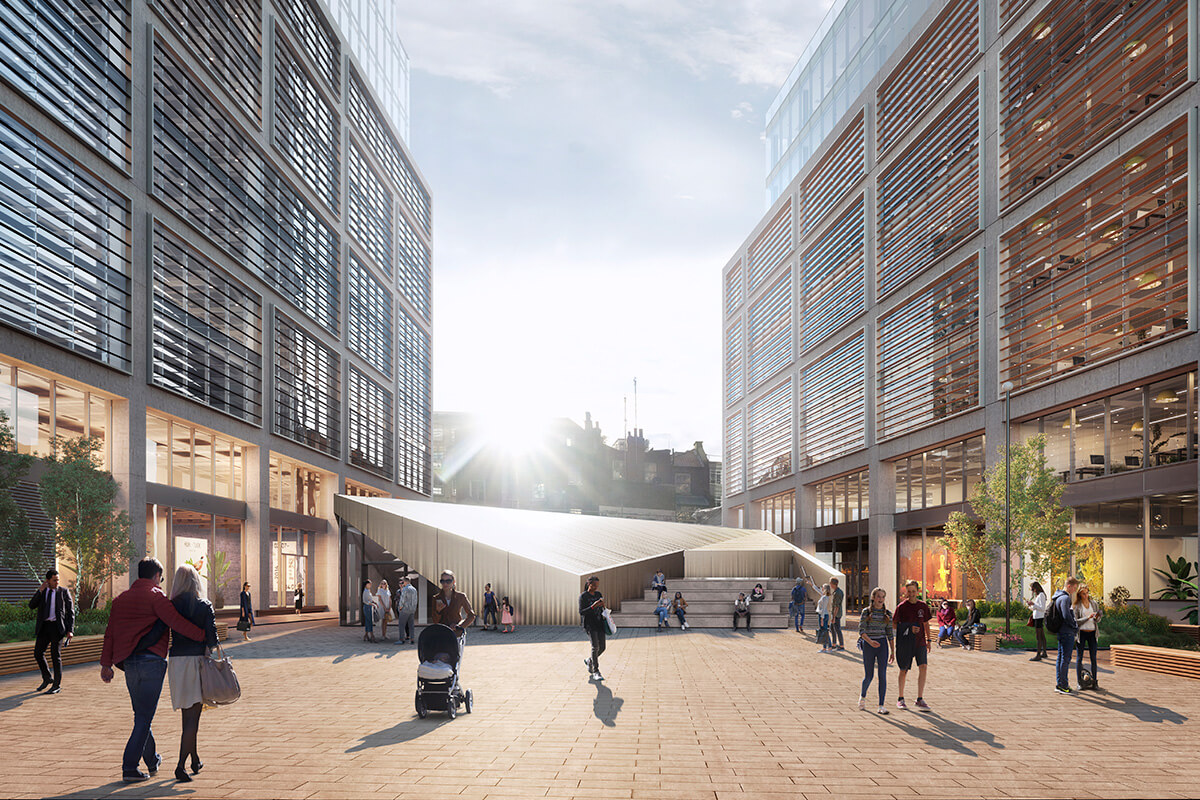
The capital's newest cultural attraction
As one of only two scheduled ancient monuments in Hackney, visitors will soon be able to see the archaeological remains of The Curtain Playhouse itself.
Located three metres underground, guests will travel back to the year 1598 for a fantastical retelling of a day in the life of William Shakespeare himself.
Check back soon for more information.
Apartments
412 urban luxe apartments rising to 37 storeys with world-class amenities, including a sky terrace, bowling alley, gym and two private cinemas.
Discover the apartmentsOffices
Cutting-edge Grade A office space set within two striking buildings designed by award-winning architects Perkins&Will.
Discover the officesRetail
Boutique shops, restaurants, cafes, and bars will be set within modern buildings and beautifully restored Victorian viaducts.
Discover the retail